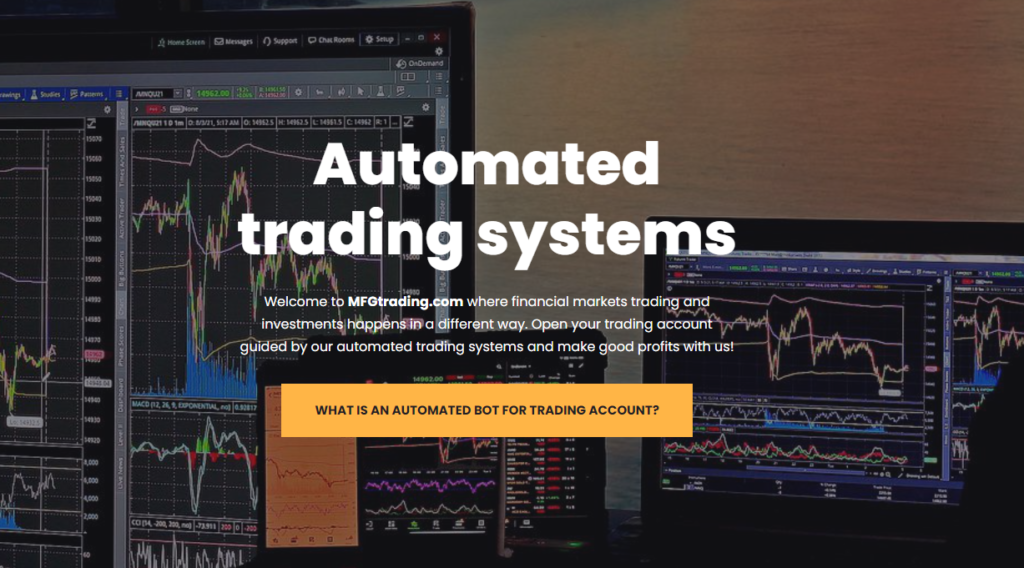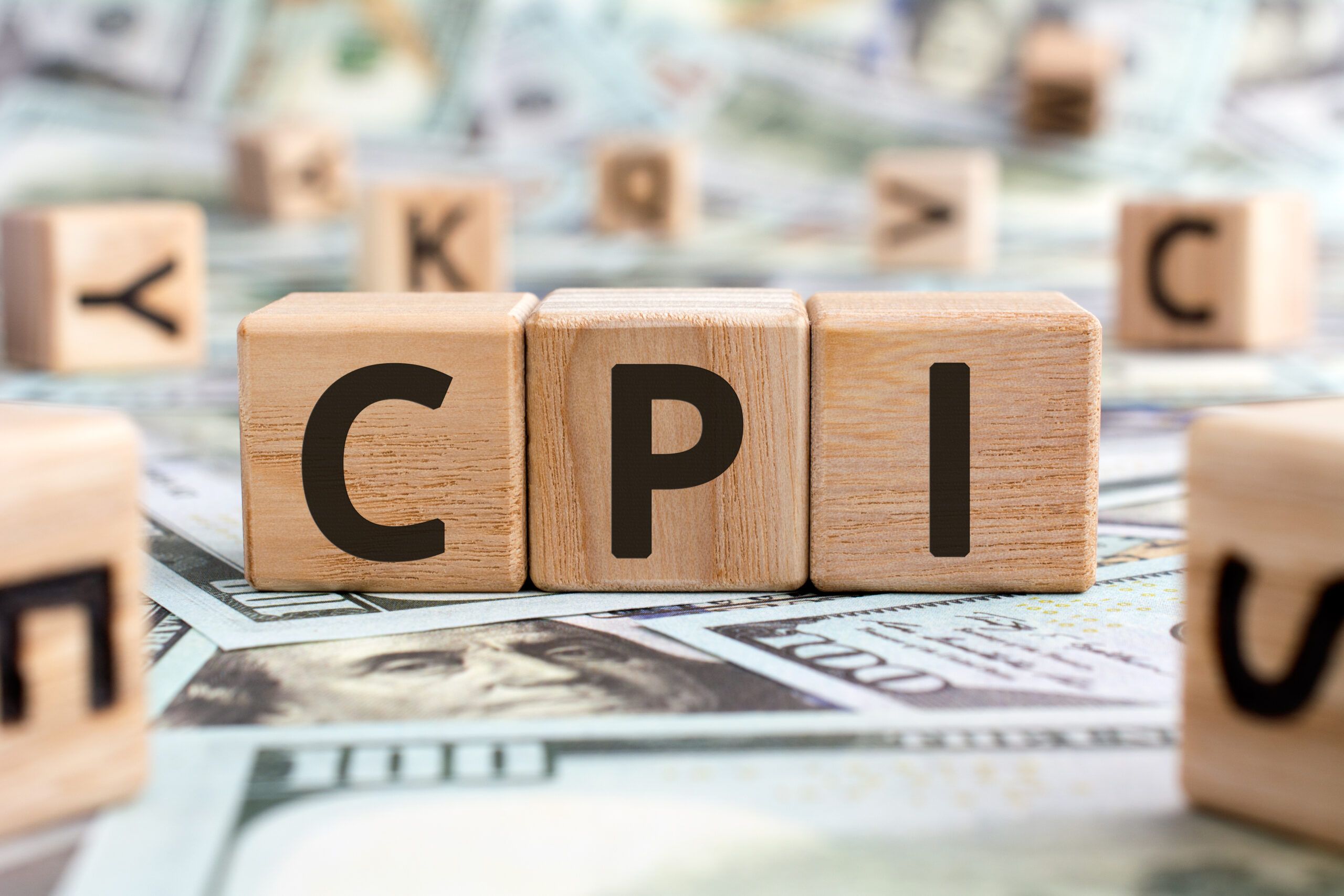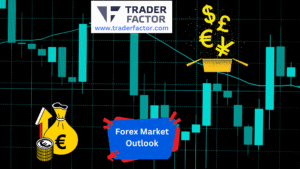
The latest report on the consumer price index shows a 0.4% increase in the past month, primarily driven by higher costs in housing, used vehicles, and gasoline. This growth aligns with the projections of Wall Street experts.
The annual inflation rate stands at 4.9%, which is slightly lower than the estimated rate. This positive trend offers hope for a downward trajectory in the future.
Amidst these developments, real average hourly earnings for workers showed a modest 0.1% increase after adjusting for inflation. However, earnings still remain 0.5% lower than they were a year ago.
Inflation rises, but hope remains for a lower cost of living later this year. The consumer price index, encompassing a wide range of goods and services, increased by 0.4% in April, matching the Dow Jones estimate as per a recent report from the Labor Department.
The latest data on consumer prices shows an annual increase of 4.9%, slightly lower than the predicted 5% and the slowest rate since April 2021.

In contrast, the March rate was at 5%. Excluding categories of volatile food and energy, the core CPI increased monthly by 0.4% and 5.5% from the previous year as expected.
The index rose due to higher prices for shelter, gasoline, and used vehicles, while prices for fuel oil, new vehicles, and food at home fell. This news led to a positive reaction from the markets, causing futures to turn positive as Treasury yields decreased.
Quincy Krosby, chief global strategist at LPL Financial, remarked that the Fed’s efforts to curb inflation are working, albeit at a slower pace than desired. For financial markets, today’s inflation report is a net positive.
Despite the Federal Reserve’s repeated interest rate hikes, inflation remains persistent. Since March 2022, the central bank has implemented 10 consecutive interest rate increases, raising benchmark borrowing rates to their highest levels in almost 16 years.
While the Consumer Price Index (CPI) has cooled considerably since its peak of 9% in June 2022, inflation still remains well above the Fed’s 2% target.
This report provides both positive and negative news on the inflation front as Fed officials determine their next course of action on rates.

The cost of housing, a significant factor in the Consumer Price Index, rose by 0.4% this month and is now 8.1% higher than a year ago. This increase, while slightly lower than previous months, highlights the rising inflation trend.
Despite projections of a housing cost reduction, the focus from the Fed is on “super core” inflation, which does not include food, energy, or shelter.
This measure increased by 0.4% for April and by 3.7% annually, with a slightly higher monthly gain compared to March but an unchanged yearly rate.

Table of Contents
ToggleThe Future of Gas Prices: Downward Trend Continues
Despite an increase in April, gas prices have sharply decreased by 12.2% from last year. In the past few weeks, pump prices have seen another decline.
As of Tuesday, the national average for regular unleaded gasoline is $3.53 per gallon, down from $3.60 just a month ago. Stay informed as prices continue to decrease in the coming months.
The recent data from the Bureau of Labor Statistics shows a steady rise in used car and truck prices by 4.4%, while food prices remained consistent. Gasoline, however, showed a growth of 3%, contributing to a 0.6% boost in the energy index.

“Recent Data Shows Brief Relief in Grocery Prices, but Some Still on the Rise”
According to recent statistics, grocery prices have experienced a slight downturn for the second consecutive month, with a moderate annual increase of 7.1% compared to an 8.4% increase last year. This drop can be attributed to the falling commodity prices of staples such as wheat and corn due to a decline in global demand.
Despite this, some commodities show a continued rising trend. Chicken prices have increased by 0.5%, and uncooked ground beef by 0.6%. However, shoppers may be relieved to note a decline in pork prices by 1.2%, fish and seafood by 0.7%, bread by 0.3%, and eggs by 1.5% – marking the third consecutive monthly decline after a significant bird flu-related increase.
While prices for dining out have increased by 0.4%, restaurants see a price surge of 8.6% annually. Overall, while some grocery costs remain high, recent data suggests that relief may be on the horizon for shoppers experiencing higher prices at the checkout.
According to a recent report by the Bureau of Labor Statistics, real average hourly earnings, adjusted for inflation, had a slight increase of 0.1% for the month but still remain 0.5% lower than a year ago.
As a result, traders decreased the likelihood of the Fed raising interest rates at their June meeting to 20%, as reported by the CME Group’s FedWatch tracker of pricing in the fed funds futures market.
Despite efforts by the Fed to control demand, the labor market appears to remain strong with nonfarm payrolls increasing by 253,000 in April, exceeding expectations. However, the CPI reading released shortly after the BLS report may have an impact on future decisions regarding interest rates.
In its latest rate hike decision, the Fed indicated that future increases may not be necessary and that decisions will be based on incoming data.
Thursday will see the release of the April producer price index -PPI, which is expected to show a 0.3% increase in wholesale prices on final demand goods and services, with a core gain of 0.2%.
The Impact of Rent on Inflation: Experts Weigh In
Rent remains a primary driver of inflation, although the rate of increase has moderated. The latest data shows a 0.6% rise, up from 0.5% in March, but down from stronger gains seen earlier. Despite this, there has been no change to the annual increase of 8.8%.
Some economists have predicted that new leases will drive rents down, but this shift has been slow to filter through to existing leases.
Other factors that contributed to inflation included an increase in used car prices by 4.4%, apparel prices rising 0.3%, and some goods prices softening due to improved supply-chain management.
However, new car prices fell 0.2%, furniture and bedding costs decreased by 0.5%, and appliance prices declined by 1.9%.
On the services front, some prices decreased despite a return to pre-COVID travel and activities. Airline fares fell by 2.6%, hotel rates slid by 3%, and medical care services dipped by 0.1% after a decline of 0.5% the previous month.
Overall, economists remain optimistic as supply chains continue to normalize, and demand stabilizes, leading to a more sustained level of inflation.

How the Recent Rate Hikes by the Fed are Affecting Your Finances
The Federal Reserve’s ten consecutive rate hikes are having a profound effect on borrowing costs, from credit cards to car loans. In the past year, annual percentage rates for new credit cards have soared from 16% to almost 24%.
Furthermore, 30-year mortgage rates from Freddie Mac have increased from 3.6% to 6.4%. A $90,000 down payment on a $450,000 mortgage could potentially result in monthly payments spiking by 31%, or roughly $615, as calculated by Bankrate.
Economists caution that the full extent of the latest quarter-point hike’s impact, which can take up to a year to ripple through the economy, remains to be seen.
Discovering the Difference Between Core CPI and CPI
Unraveling the difference between Core CPI and CPI is critical to understanding the nation’s economic health, yet it can be challenging, given all the data presented in monthly reports. However, the April 2021 Consumer Price Index (CPI) report revealed valuable insights that unlocked the key differences.
For starters, Core CPI captures longer-lasting price trends by excluding volatile food and energy items. The report shows that core prices increased by 0.4% from the previous month, which lowered the annual inflation rate from 5.6% to 5.5%.
Moreover, despite the easing of inflation related to supply chain bottlenecks, some items saw a rise in prices, such as apparel and used cars, which increased after nine consecutive declines.
Furthermore, the report reveals that the nation’s road to normal inflation levels remains uneven. Though The prices for services are poised to pick up as Americans resume their pre-pandemic lives, several areas’ cost increases slowed down this April.
By understanding these differences, you’ll gain a better perspective on a complex economy and make informed decisions that impact your finances.
“Will the Federal Reserve Put an End to Its Interest Rate Hikes?”
Despite gradual decreases in inflation rates, the Federal Reserve has announced that its aggressive interest rate hike campaign will likely pause. This decision comes after a series of challenges, including the collapse of multiple banks, a dampened economy, and decreased inflation.
Nonetheless, analysts warns that if persistently high inflation rates continue, the Fed may be forced to maintain or even increase its rates to combat a weakened economy.

Current Stock Market Update: Inflation Reduction Hints Result in Mixed Trading Performance
Investors saw signs of inflation easing, however, it remained at high levels. As a result, the S&P 500 saw a 0.3% dip, while the Dow Jones Industrial Average fell by 0.9% to 33,271 and the Nasdaq composite gained 0.2%. These mixed trading results signal a cautious approach to stock market investment.
Bond prices soar as consumer-level inflation records a two-year low of 4.9%, as indicated by a long-awaited report.
At its core, the Consumer Price Index (CPI) is an effective tool used to gauge the fluctuations in prices for goods and services over time.
By providing a comprehensive snapshot of the pricing trends across various sectors, it enables businesses and individuals to make informed financial decisions.
Disclaimer:
All information has been prepared by TraderFactor or partners. The information does not contain a record of TraderFactor or partner’s prices or an offer of or solicitation for a transaction in any financial instrument. No representation or warranty is given as to the accuracy or completeness of this information. Any material provided does not have regard to the specific investment objective and financial situation of any person who may read it. Past performance is not a reliable indicator of future performance.

















